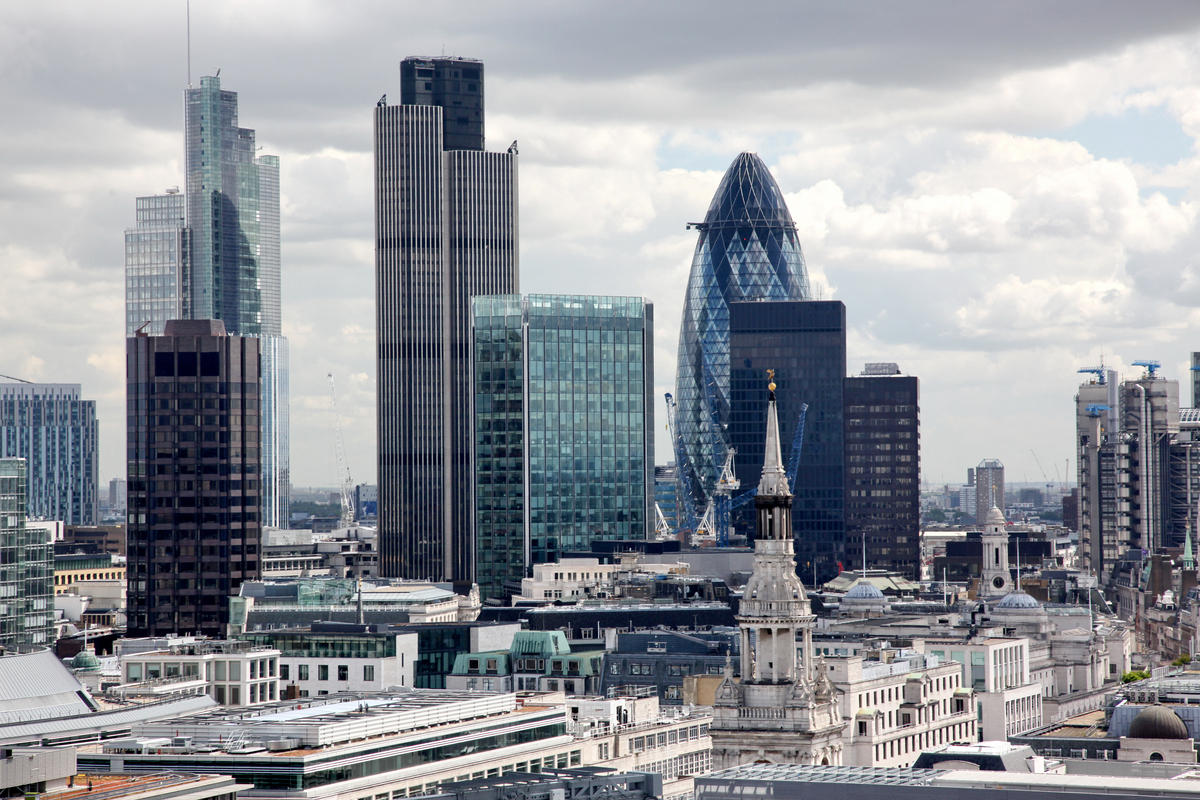Dear visitor,
You're reading 2 of your 3 free news articles this quarter
Register with us for free to get unlimited news, dedicated newsletters, and access to 5 exclusive Premium articles designed to help you stay in the know.
Join the UK's leading credit and lending community in less than 60 seconds.
UK economy sees GDP fall by 0.1%
UK gross domestic product (GDP) dropped by 0.1% in the second quarter of 2022, according to estimates from the Office of National Statistics (ONS).

Senior Journalist, covering the Credit Strategy and Turnaround, Restructuring & Insolvency News brands.
This does mean quarterly GDP is now 0.6% above its pre-Covid level, and 2.9% higher than the second quarter of 2021.
Broken down by month, GDP is estimated to have fallen by 0.6% in June - making this the biggest contraction since January 2021 - following a 0.4% increase in May. The ONS does, however, say it’s important to note the Queen’s Platinum Jubilee and the move of the May bank holiday led to an additional working day in May, and two fewer working days in June.
Responding to the figures, Matt Britzman - an equity analyst at Hargreaves Lansdown - said, while its far less severe then the markets had feared, it still points to weakness in various sectors.
He added: “Output in consumer-facing services was flat, but remains 4.9% below pre-pandemic levels with the sector having some of the most exposed businesses to the growing cost of living crisis.”
As for the GDP deflator - a measure of inflation that is made up of the ratio of the value of goods and services in an economy - this rose by six percent when compared to the same quarter in 2021. This reflects the 7.3% increase in the price of household consumption expenditure, which is the fastest annual household deflator growth rate since 1991.
Nominal GDP, meanwhile, increased by 1.1% and is 9.1% higher than the same quarter a year ago, meaning it is now 10.5% above its pre-Covid levels.
Looking at output in more detail, the services sector fell by 0.4%, but is now 1.1% above the pre-Covid levels. The largest negative contributions to services output resulted from human health and social activities, falling by 5.4%. There was also a one percent fall in wholesale and retail trade, with around 32% of businesses within the wholesale retail trade industry.
This was partially offset by positive contributions from accommodation and food service activities, increasing by 4.7%, driven by increases in accommodation and in food and beverage service activities, reflecting rises in mobile food stands and takeaway food shops.
There were also increases in other service activities, going up 7.4%, and arts entertainment and recreation, which went up by 3.3% - this had previously been impacted by Covid-19 restrictions.
Alongside this, administrative and support service activities rose by 1.2% driven by an increase in travel agencies, tour operators and other related activities - benefitting from the easing of Covid-19 restrictions on the tourism industry.
Additionally, production output rose by 0.5%, a slowdown compared with the previous quarter when it increased by 1.3%, while the level of production output remains 1.2% below pre-pandemic levels. The quarterly rise was driven by a rise in electricity, gas, steam and air conditioning supply - increasing by 2.7%.
There was also a 2.9% increase in water supply activities, but a 0.3% fall in mining and quarrying output following a reduction in mining support service activities. Overall growth in manufacturing was broadly flat, although there were falls in seven of the 13 manufacturing sub-sectors.
The largest contributor to the fall in manufacturing was in the manufacture of chemical and chemical products, and the manufacture of machinery and equipment. This was nearly all offset by an increase in the manufacture of transport equipment, which has seen four consecutive months of growth.
As for expenditure, this fell by 0.1% following a rise of 0.8% in the previous quarter. This was driven by decreases in most of the expenditure components, particularly in household and government consumption expenditure, with household expenditure increasing by 2.6%.
The implied price of household expenditure increased by 7.3% when compared to the same period in 2021, the highest level since 1991.
Stay up-to-date with the latest articles from the Credit Strategy team
Get the latest industry news






